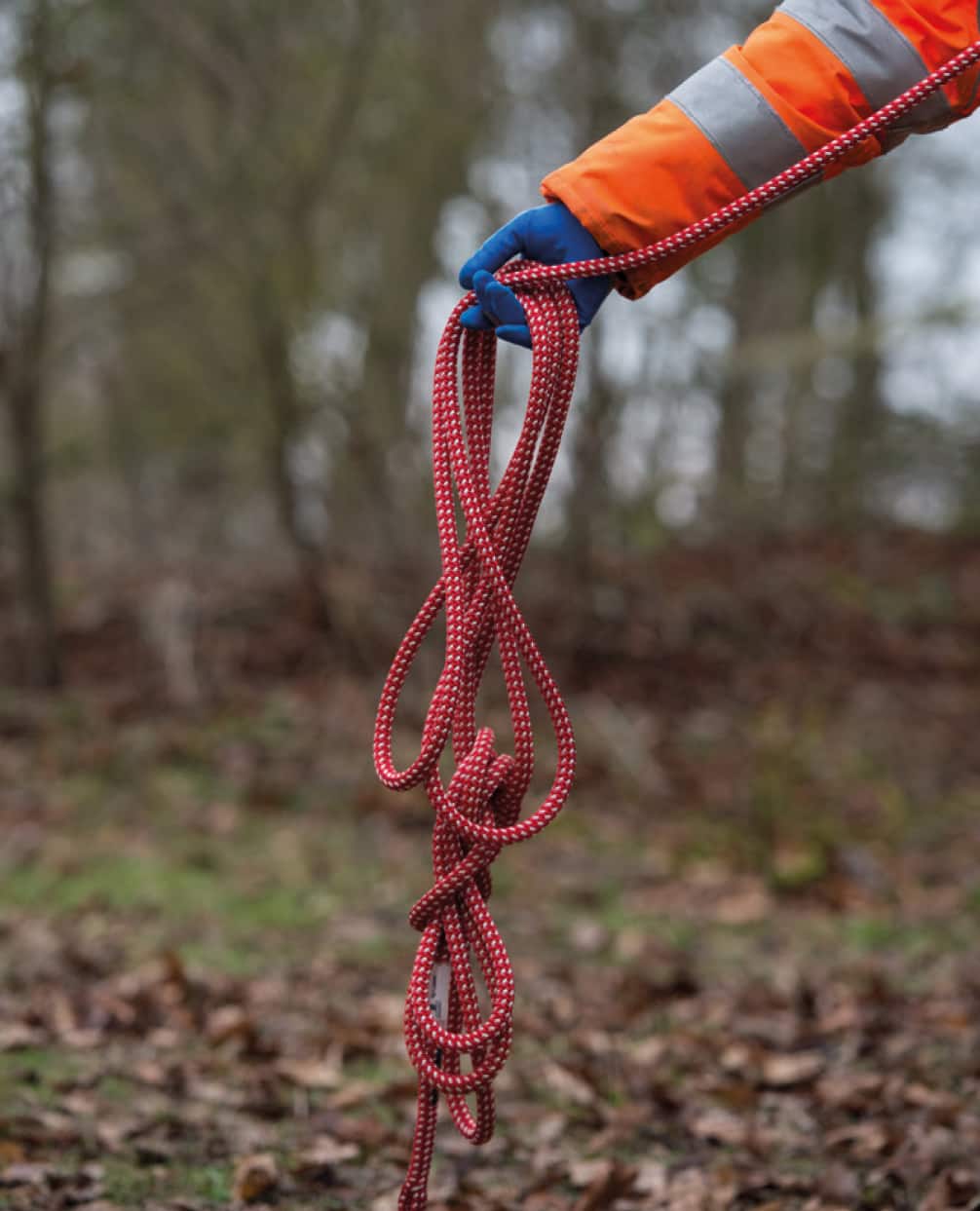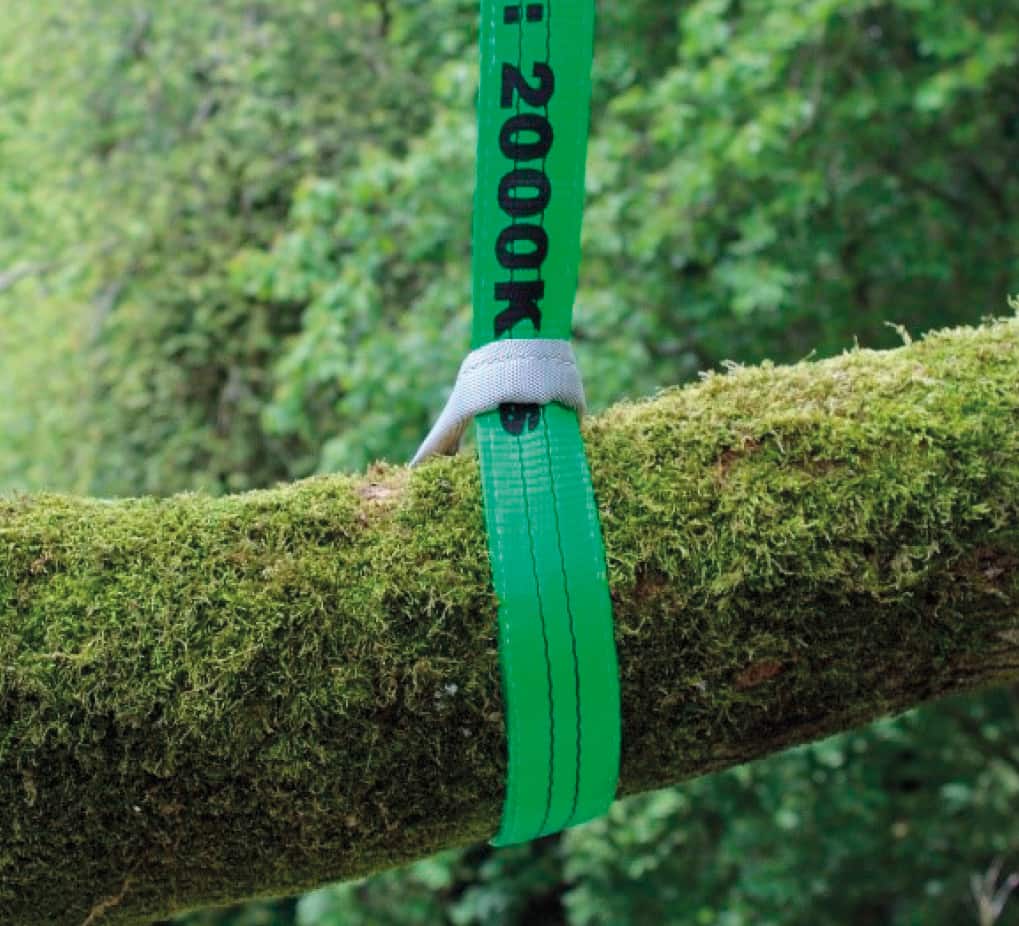Simon Richmond, Senior Technical Officer
Industry Code of Practice
The feedback received from the industry consultation for the second edition of the Association’s Industry Code of Practice for Arboriculture – Tree Work at Height (ICoP) has been invaluable in finalising the document. At the time of writing, the ICoP is in final, print-ready format and was sent to the Health and Safety Executive (HSE) in mid-April for its approval and endorsement. We have been informed this will not be completed until the end of May, after which the document will be available on our website as a free-to-download PDF, and shortly afterwards will be available to purchase as hard copy.
There have been many amends to the earlier consultation draft and we have tried to take on board as many as possible of the constructive suggestions for improvement and clarification, while keeping the guidance realistic and practical. I will not attempt to list them all here, but it is worth identifying a few key points:
Firstly, remember what, and who, this document is for: ‘it is intended to identify the principal planning, management and supervisory requirements necessary to establish safe systems of work for tree work operations at height’ and ‘It is intended for use by arborists, employers, suppliers, policymakers, awarding organisations, trade bodies, regional, national or international enforcement agencies, safety officers and those who commission arboricultural work.’ It will be particularly useful for those within arboricultural contracting whose role is legally defined as the ‘Responsible Person’ and the ‘Competent Person’. A section early in the ICoP states its relationship to the forthcoming Technical Guides:
Secondly, the ICoP sets out the principles of the ‘work at height risk hierarchy’. Although this was highlighted and emphasised in the first edition, as an industry sector we are still tending to revert to our habits and not consider fundamental principles before we start climbing.
Thirdly, we have significantly strengthened the section on the use of cranes. If you don’t happen to own your own crane, the decision on the type of hire undertaken is crucial to managing the operation safely and professionally. Informed by the great work in the forthcoming Technical Guide Use of Mobile Cranes in Tree Work (TG4), we can now be definitive about a whole range of operational aspects, including the issue of using cranes for lifting people.
Lastly, and perhaps most crucially, the ICoP fully addresses the changes to the interpretation of the Work at Height Regulations, in particular in relation to the use of a backup when climbing using personal fall protection systems. This was one of the main drivers for carrying out this revision of the ICoP. Taking the principle that all tree climbing activity involves the use of a personal fall protection system has allowed the information and the subsequent guidance in the forthcoming Technical Guide Tree Climbing and Aerial Rescue (TG1) to approach the subject in an arb-focussed way, while still addressing the issues raised by the legislation. We cannot get away from the fact that the Regulations require the use of a backup or safety line as a fundamental principle. Our challenge is to incorporate this requirement in the context of arboricultural work, which is demonstrably different to most other industrial work at height.
The ICoP presents the subject from a planning and management perspective, describing the basic systems employed in the industry and the requirement for climbers to use a backup ‘to prevent them falling a distance that is likely to cause injury if the primary system (including the main line, components or anchor) were to fail’. It clarifies that while two independent anchors will be the first choice, if no suitable second anchor is available, a shared anchor may be used, and that ‘The anchor point of a personal fall protection system must be unquestionably reliable and be capable of withstanding any foreseeable loading throughout the task undertaken.’
The ICoP also recognises that there will be occasions during tree work where it will either not be reasonably practical, or could entail higher risk, to use a backup and that under certain exceptional circumstances it will be acceptable to omit the backup. Where such circumstances can be justified, the ICoP states ‘all measures must be taken to ensure that the primary system anchor point and the personal fall protection system cannot fail’. Detailed description of any such omissions is not provided in the ICoP; this is an example of where the Technical Guide will provide the operational aspects of the principles set out in the ICoP.
Technical Guides
This guidance has been a very long time in development. We first started work towards replacing the existing guidance in A Guide to Good Climbing Practice in 2010! It was at this point that the concept of ‘an ICoP to set the principles and technical guides to provide the detail’ was first discussed, and with each challenge faced over the last 10 years we have followed the edict ‘If it’s worth doing, it’s worth doing right.’ In the process we have had to raise funds to supplement the Association’s investment in the project to help meet the financial costs of development and we are very grateful to sponsors that have borne with us during this period: STIHL, City & Guilds NPTC fund, and the Scottish Forestry Trust.
The development process has involved literally hundreds of days’ work by many expert practitioners in the industry, many of whom have volunteered their time and expertise willingly to ensure that their industry guidance is truly representative of the professional, highly skilled sector that we represent. Thank you, we are truly grateful – you know who you are. In particular, we need to thank the authors – Chris Copper-Abbs, Matt Brooker, Paul Elcoat, Dave Robinson and Paul Hanson. Yes, they are remunerated, but I can assure you that they have put in far more time, effort and conscientious attention to detail than the agreed payment rate warranted!
We are not quite at the end yet (and of course the revision process is ongoing) but we are close.
TG1: Tree Climbing and Aerial Rescue is currently at an advanced stage in the editing process, with final tweaks to phrasing and positioning of relevant images, before going to page layout and design. This guide was almost at this stage 18 months ago when we were preparing for its first industry consultation. We have been through a long and challenging period of discussion and negotiation since then, addressing the concerns raised by HSE, consulting with industry and the wider sector to find the right balance of practical, compliant and professional guidance. Once we have a working draft including design and images, we will be issuing this guide to a second industry consultation.

TG2: Use of Tools in the Tree is about a week behind TG1 – final technical drafts are being completed as I write this in late April. Then it, too, will go through the detailed editing procedure before images are added and it is fed into the design and style process. The decision to keep use of tools in the tree separate from the climbing guide was made early in the original plan, to concentrate on each subject with a different emphasis. While there is not much tree surgery climbing done without using tools, there are those in our industry and associated sectors for whom access and climbing are standalone tasks. However, more importantly, we need to pay attention from a safety perspective to the way in which we work with tools, especially chainsaws but also handsaws and other equipment, as accidents do occur in all parts of the job. TG2 is a smaller guide than TG1, and indeed all of the other guides, but it is no less important.
TG3: Rigging and Dismantling will probably be the last technical guide in the suite of five to be completed. This is a highly complex subject, and while there are certain good, strong principles that can be set out in an arborist’s technical guide, the devil is definitely in the detail. The meticulous calculations required to accurately predict the forces applied to the tree structure, ropes and equipment during even relatively simple rigging operations are hard to simplify. Finding satisfactory ‘rules of thumb’ that will allow arborists quickly and accurately to make the right choices is a significant challenge. These detailed issues have been explored and we have the excellent HSE report on rigging, Evaluation of Current Rigging and Dismantling Practices used in Arboriculture by Treevolution and Brudi and Partner TreeConsult, as a very important reference – Liam McKeown and Andi Detter did a great job. Like all the challenges we have faced during the development of the guidance, this too will be resolved and I am confident that the rigging technical guide will become one of the most useful.
TG4: Use of Mobile Cranes in Tree Work has been through the editing process and should be complete and published within the next couple of months. Like TG3, this guide entailed a lot of early planning work because it really is a first for our industry. Cranes have been employed within tree work increasingly over the years with mixed results. There is no doubt about the potential benefits of using cranes, particularly for large take downs, but some very expensive mistakes have been made by people with not enough understanding. This guide takes the operator through a comprehensive planned approach and clarifies many issues which previously have remained in the ‘myth category’!

TG5: Use of Mobile Elevated Work Platforms in Tree Work is also in final draft form. This guide is a revision of the existing Guide to the Use of MEWPs in Arboriculture and while not radically different in its content, it has been fully updated and partly restructured, with some technical revisions, new illustrations and photos. This is the fifth and final guide in the suite and we expect to bring it to publication along with TG1, TG2 and TG4. It is likely that TG3 will follow a little bit later in the year.
Safety Guides
It has always been the intention throughout the development of this industry guidance that existing arboricultural safety guides currently hosted as Arboriculture and Forestry Advisory Group (AFAG) guides on the HSE website will be withdrawn and replaced by documents that are integral with the Association’s suite of Technical Guides. In each Technical Guide, the key safety points associated with each subject section are highlighted in an easily recognisable box on the page. These summarised points are written as a question, so operators can check their understanding and supervisors can quickly identify the crucial issues associated with each aspect of the work. As part of the development of the Technical Guides, all of these summarised safety points will be collated and compiled into a set of five safety guides which will be published as free-todownload PDF documents. Thus the tradition for our sector to have easily accessible, free-to-use safety guides, that historically were provided by FSC, ASC, FASTCo and most recently AFAG (and for forestry, FISA), will continue under the AA’s banner and will be integrally linked to the Association’s Technical Guides. A plan, eventually, coming together!
This article was taken form Issue 189 Summer 2020 of the ARB Magazine, which is available to view free to members by simply logging in to the website and viewing your profile area.